8 Flowering Perennials For Pots – To Bring Joy Every Year
These beautiful perennials are long-term investments for your container garden, as they will return year after year with a profusion of blooms.
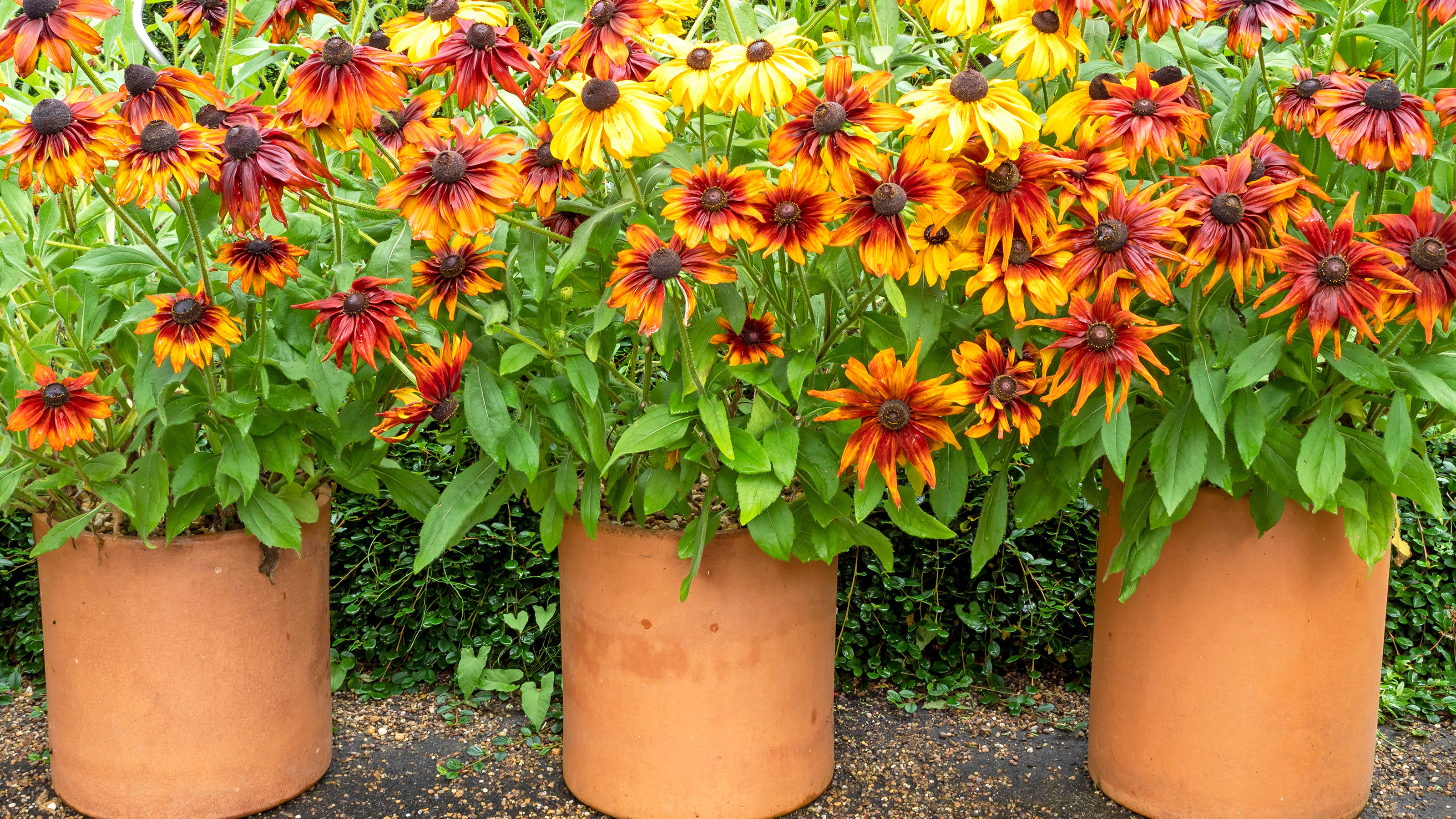
Flowering perennials are a vital addition to your container garden. They provide a focal point – often of multi-season interest – and they return year after year.
Unlike short-lived annuals, perennials can often be planted well ahead of the warm weather, giving you a headstart on your growing ambitions. Additionally, perennials work well in containers for shaded areas since there are many more shade-tolerant perennials than annuals.
Ideally, perennials and annuals should be mixed together in containers. A good rule of thumb is to have a mix of "thriller, spiller, and filler". The “thriller” is usually a perennial plant because they are often taller so they command attention.
“Fillers” will be annual bloomers or perennial greenery with a unique texture, shape, or form, and a growth habit that keeps the plant below the taller height of your thriller perennial.
“Spillers” may be annual or perennial, blooming or not, but will trail down the sides of the container adding additional impact to the container garden as a whole.
When combining plants, select those with similar growing requirements in terms of water, light, and fertilization. Ensure plants are compatible with your USDA planting zone.
1. Agastache
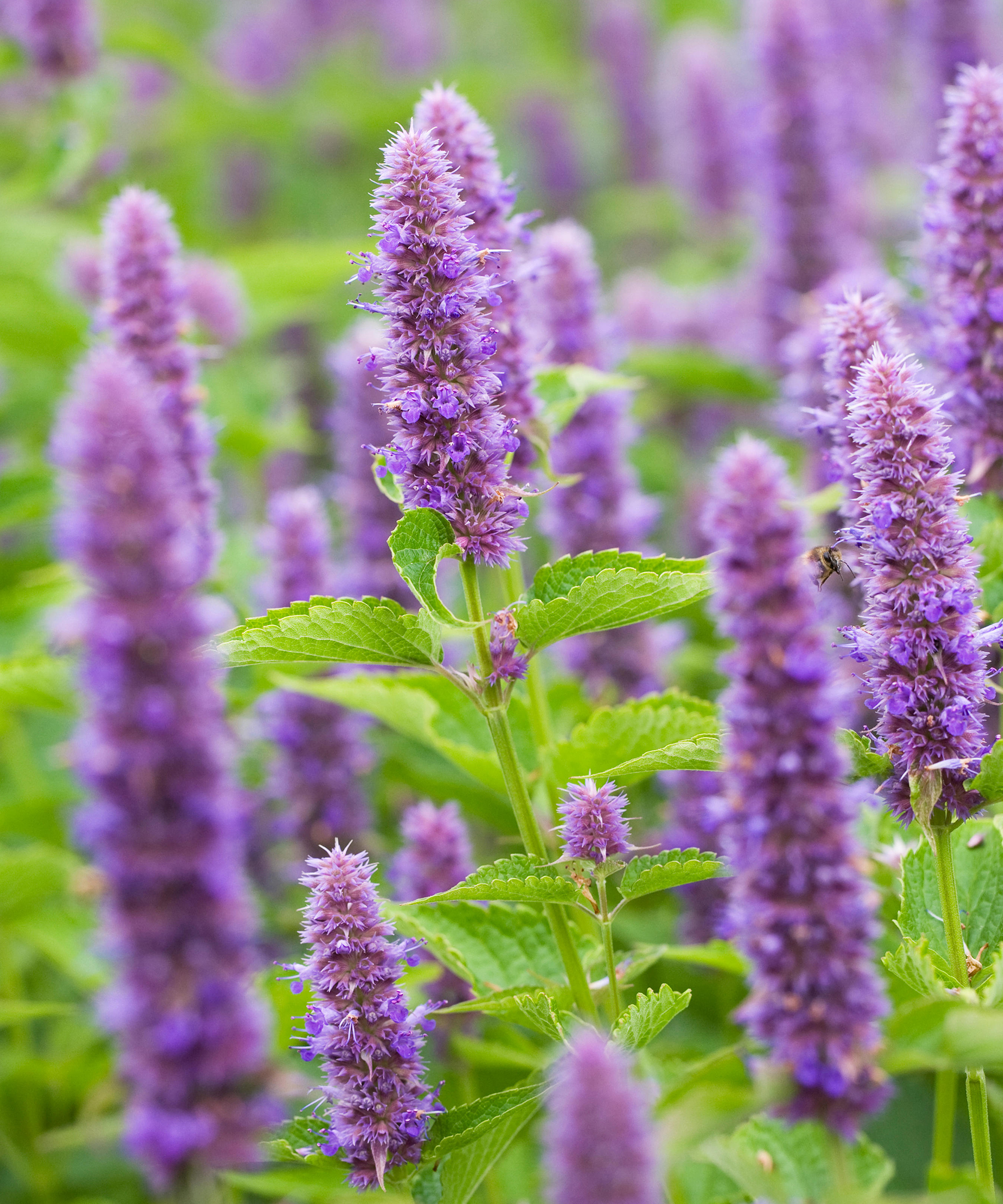
Agastache – or anise hyssop – has glorious fragrant leaves with tubular blossoms soaring above in a multitude of hues.
Gardening tips, videos, info and more delivered right to your inbox!
Sign up for the Gardening Know How newsletter today and receive a free copy of our e-book "How to Grow Delicious Tomatoes".
Much sought after by bees, hummers, and other pollinators, Agastache is hardy in USDA zones 3-10, in full sun to partial shade. Cut back the spent blossoms to enjoy the colorful flowers throughout the growing season.
Pair Agastache with ornamental grasses and annuals like bacopa, angelonia, and coleus.
2. Black-Eyed Susan
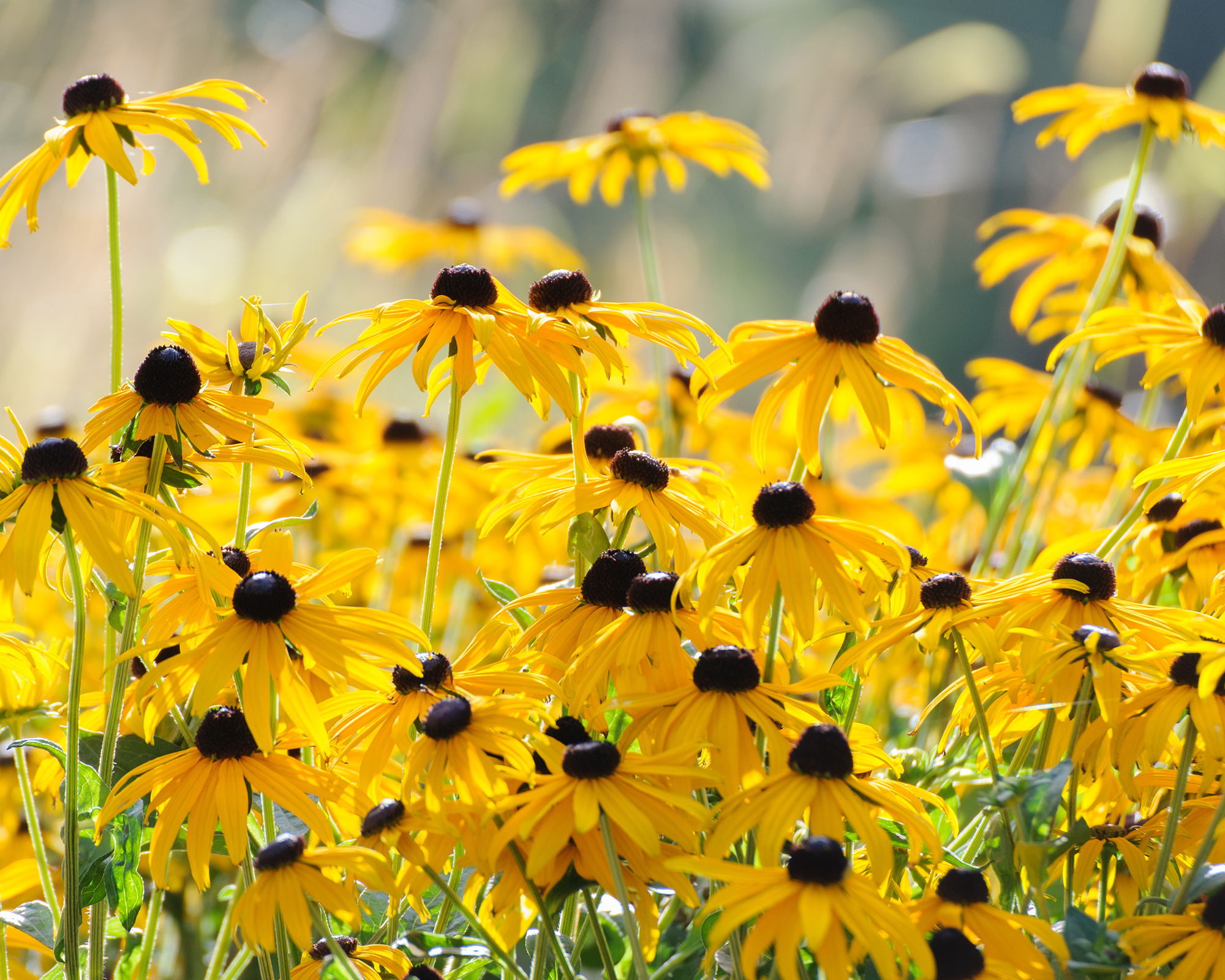
Black-eyed Susan (Rudbeckia fulgida), like all Rudbeckia, is incredibly adaptive and tolerates heat, full sun, and humidity that causes other blooming perennials to swoon.
Featuring large daisy-like blooms of golden petals surrounding dark heads, this perennial should be deadheaded to promote additional flowering.
It pairs well with salvia or verbena in containers and also makes an excellent cut or dried flower. Black-eyed Susan is hardy to USDA zones 3-9.
At the end of the season, collect black-eyed susan seeds so you can grow more plants the following year.
3. Catmint

Catmint – or nepeta – comes in pretty masses of blue or purple-hued bloom spikes perched atop interesting mounding gray-green foliage.
It blooms from summer to the first frost, and is a magnet for bees and other precious pollinators. Remove spent blooms to promote new ones.
Low-growing varieties like ‘Dwarf Blue’ or ‘Walkers Low’ work best for container gardens.
Catmint can be grown in USDA zones 3-8. It thrives in full sun to partial sun, but full sun will promote the most flowering.
4. Echinacea
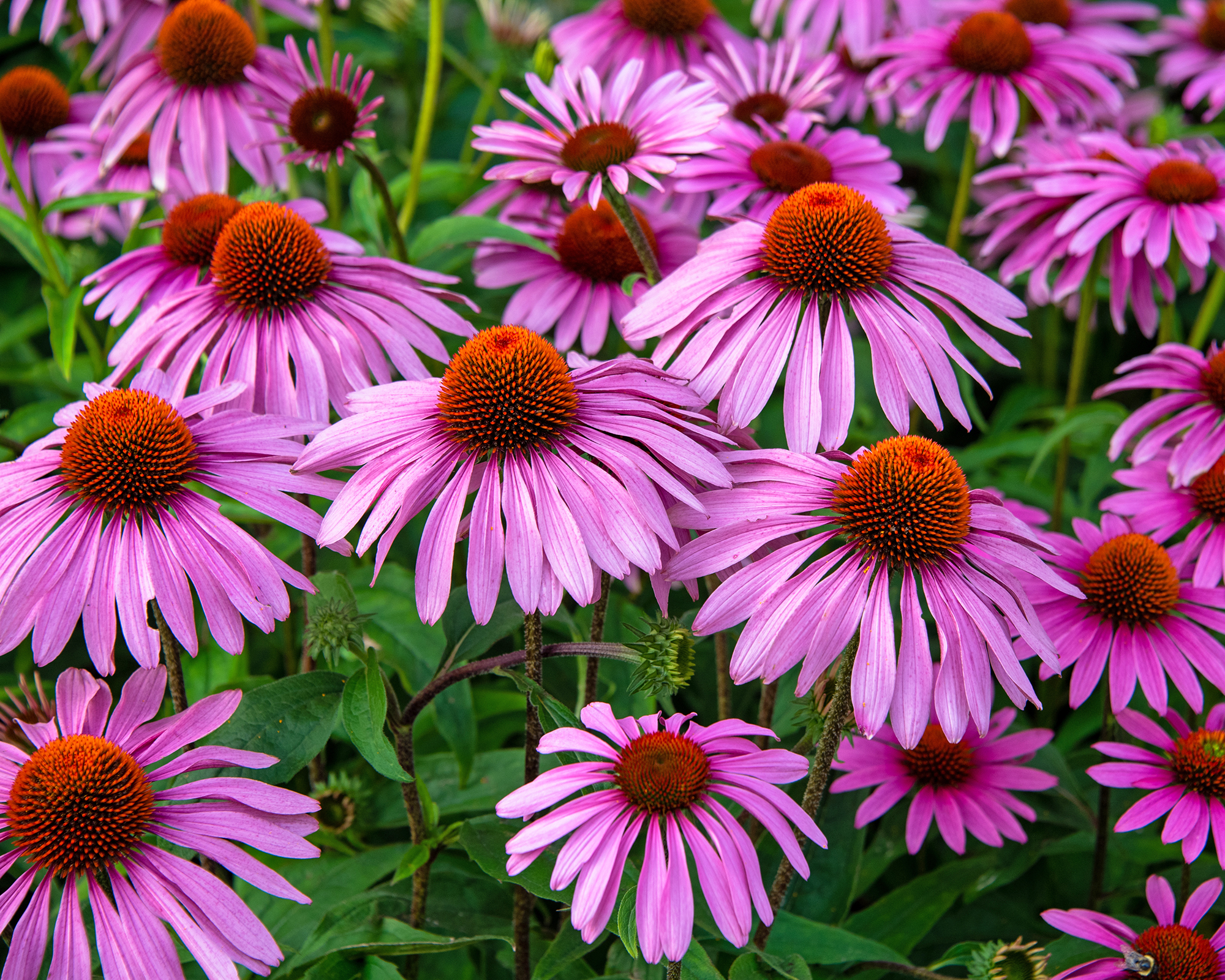
Purple coneflower – or echinacea – is beloved for its sunny brilliantly colored flowers that run the gamut from chartreuse to hot pink to lemony yellow.
This perennial is suited to USDA zones 3-9 and grows from 1.5 to 5 feet (0.5 to 1.5m) in height. Look for smaller, compact varieties for container growing.
A native prairie plant, echinacea requires a well-draining soil mix and adequate draining holes in its pot. Plants thrive in the heat and full sun.
Leave the dried seed heads on in the fall to early winter for some added seasonal interest and for the birds to feast upon.
5. Heliopsis
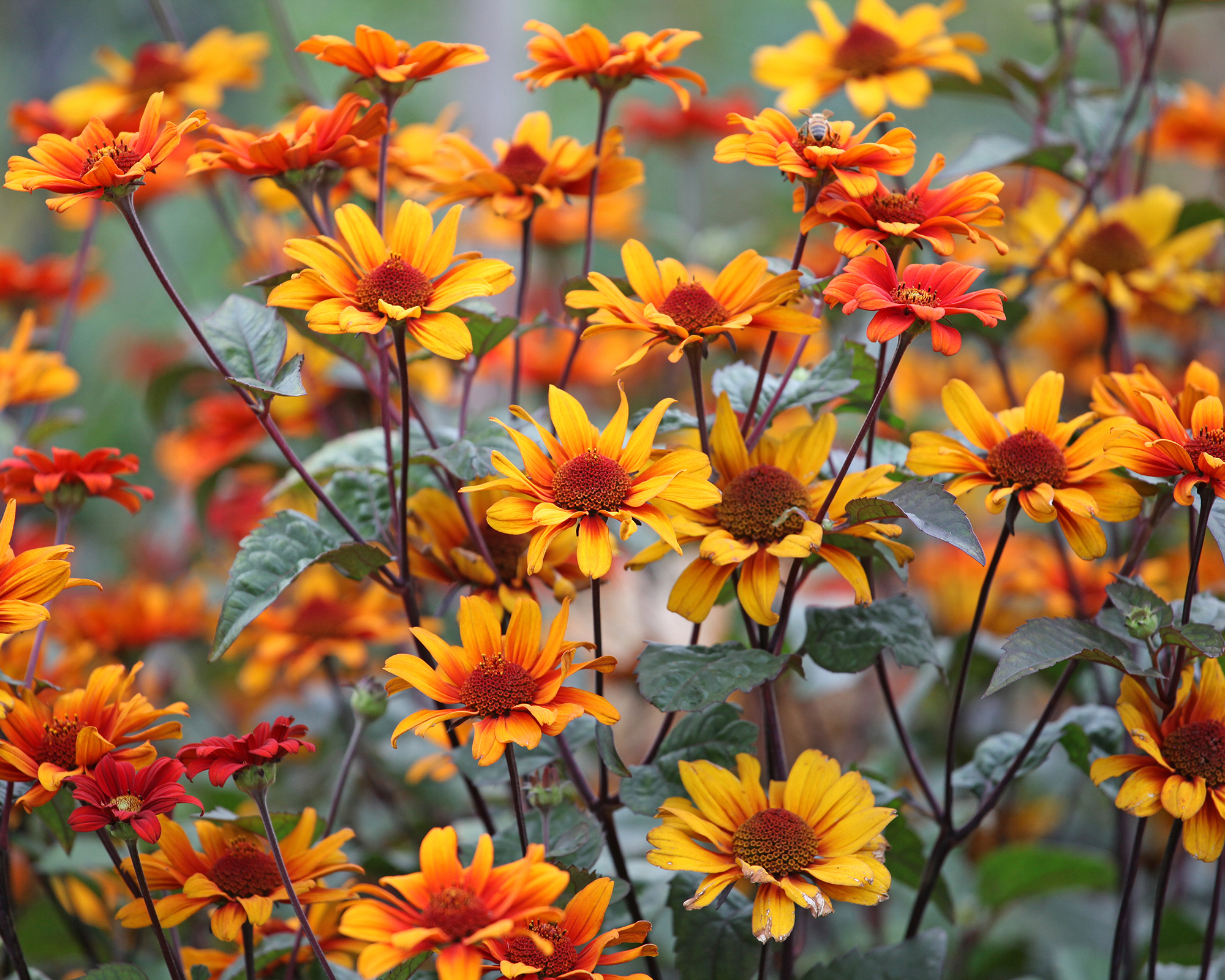
Heliopsis – or oxeye sunflower – is a wildflower native to the central and eastern United States, where it attracts birds, bees, and other pollinators with its gold sunflower-like flowers rising above its deep green foliage.
While it can grow up to 5 feet (1.5m) in height, select compact varieties like ‘Tuscan Sun’ or ‘Sunstruck’ for your container garden.
Heliopsis should be grown in full sun to partial shade in consistently moist yet well-draining soil. It is suitable for USDA zones 3-9.
As with echinacea, leave the dried seedheads on the plant in the fall and winter for interest and to feed feathered friends.
6. Coral Bells
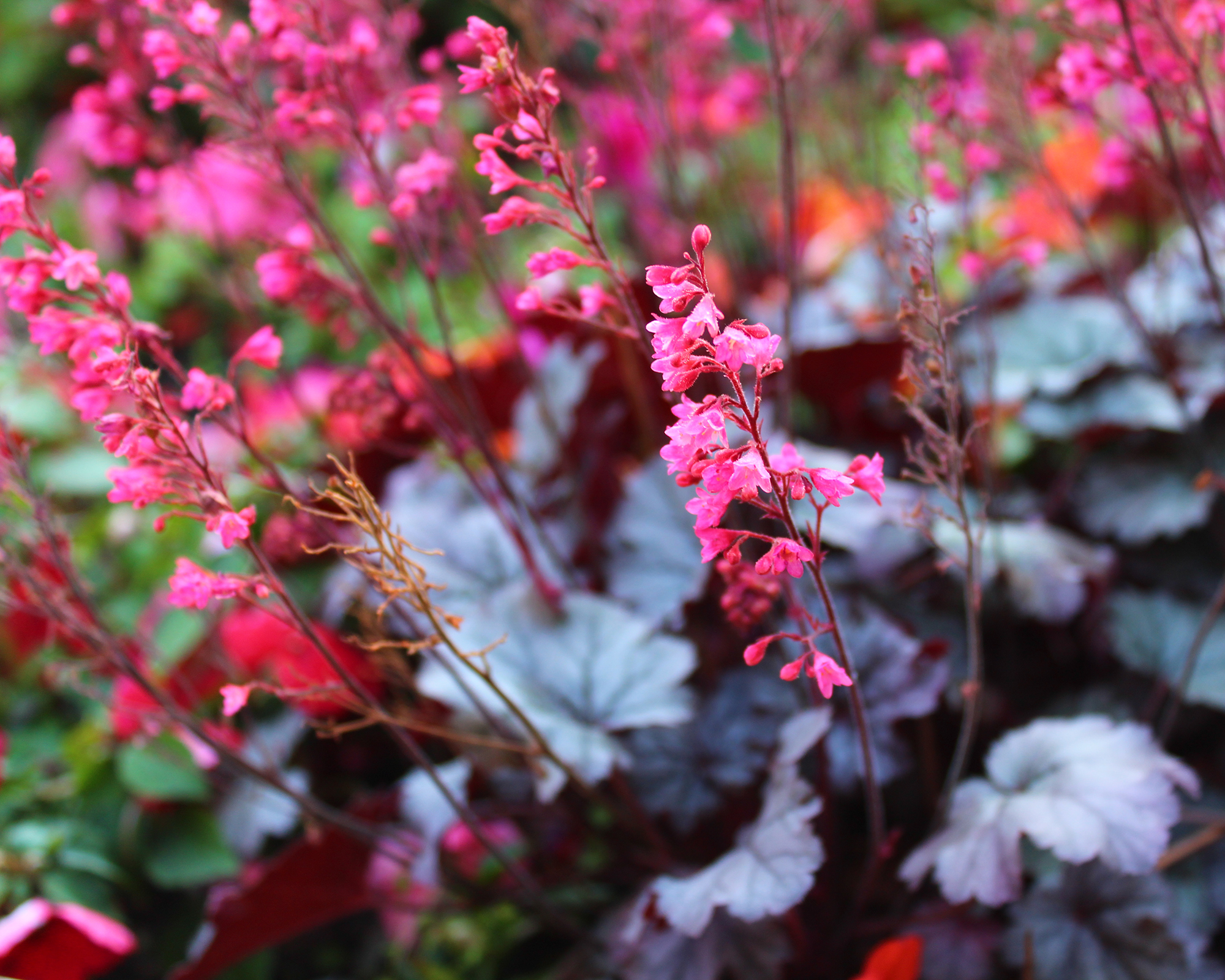
Coral bells – or heuchera – are most notable for their colorful foliage. One of the best flowering shade plants, they can brighten up even the dimmest corner of your landscape.
They come in a plethora of interesting colors, from purple to chartreuse to pumpkin, and can be paired with other shade-loving perennials or annuals.
While the plant does bloom, the blossoms are somewhat insignificant to the marvel of the stunning ornamental foliage.
Some varieties tolerate partial sun, but most prefer dappled light to part shade. All require consistently moist soil and can be grown in USDA zones 4-9.
7. Dianthus
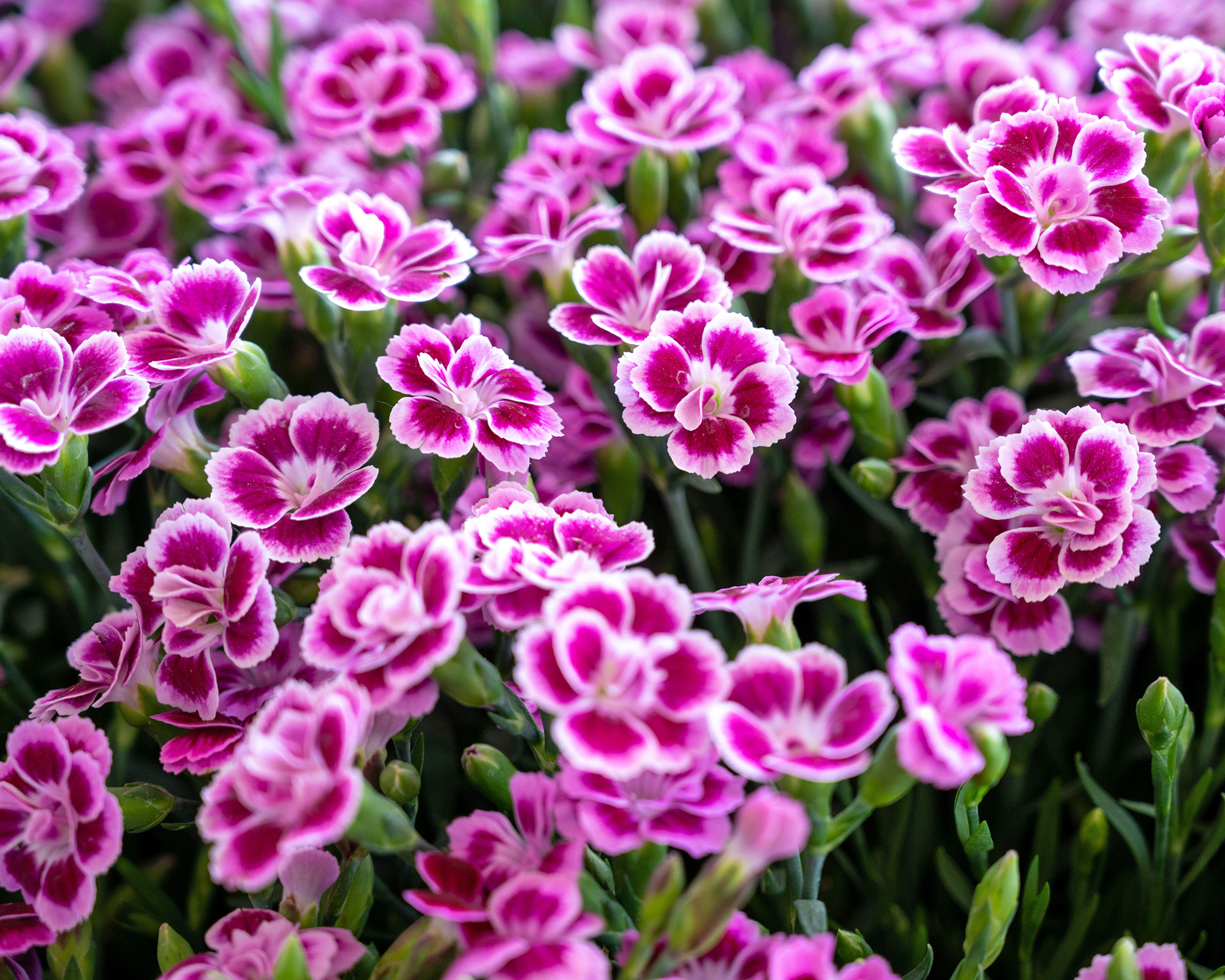
Dianthuses – also known as "pinks" or carnations – emit a heavenly clove-reminiscent aroma from their pretty pink blooms.
A hardy perennial, dianthus also comes in bi-colors and solid hues of white, lavender, yellow, pink, and red. The flowers attract pollinators and are deer-resistant.
If you deadhead pinks, they will reward you with their aromatic blooms throughout the growing season. They make excellent cut flowers with a long life of about 7-21 days when cut.
Plant dianthus in full sun in USDA zones 4-9.
8. Gaura
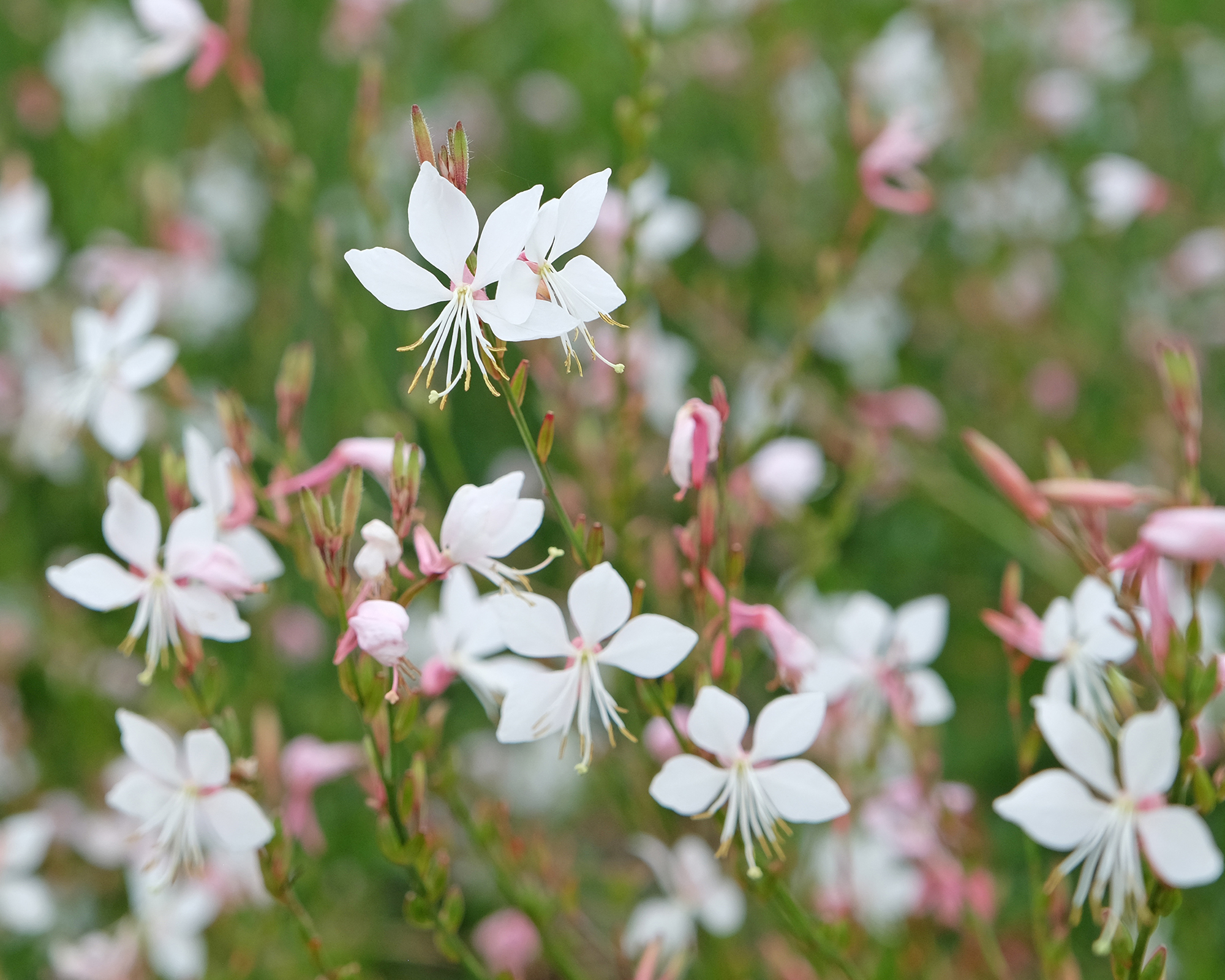
Gaura is a wild child of abandon with its sprawling airy blooms in pink or white that move with the slightest breeze.
This perennial flowers consistently from spring through the first frost. To promote additional blooms, cut back spent flowers.
Gaura should be grown in full sun in USDA zones 5-9, where it will get to between 2 to 3 feet (60 to 90cm) in height.
A container with good drainage is essential to Gaura’s health. It tolerates heat and humidity and should be allowed to dry out slightly between waterings.

Amy Grant has been gardening for 30 years and writing for 15. A professional chef and caterer, Amy's area of expertise is culinary gardening.
-
 Looking For Plants To Give You The Soft And Fuzzies? Try These 5 Fuzzy Leaf Plant Options
Looking For Plants To Give You The Soft And Fuzzies? Try These 5 Fuzzy Leaf Plant OptionsLovers of texture, drama, silver foliage and tactile plants will adore these special sensory garden additions. These fuzzy leaf plant options will leave you all aglow
By Susan Albert
-
 Get Ready For A Summer Of Hummers! Grow These Full Sun Hummingbird Plants and Flowers
Get Ready For A Summer Of Hummers! Grow These Full Sun Hummingbird Plants and FlowersIf you’re lucky enough to enjoy a sunny backyard, make sure you are maxing out on your pollinator opportunities and grow these full sun hummingbird plants and flowers
By Tonya Barnett
-
 Spectacular Early Blooming Shrubs: 6 Sparkling Spring Flowering Bushes
Spectacular Early Blooming Shrubs: 6 Sparkling Spring Flowering BushesWant to kickstart your gardening year with dazzling spring flowering bushes for beds and borders? These unique early bloomers are sure to help you rise and shine!
By Teo Spengler
-
 Quick Fire Hydrangea – The Elegant, Easy-Care Shrub Every Gardener Needs In Their Landscape
Quick Fire Hydrangea – The Elegant, Easy-Care Shrub Every Gardener Needs In Their LandscapeIf you’re after an early flowering panicle hydrangea that offers plenty of floral variety, the Quick Fire hydrangea goes big on visual dynamics from early summer to fall
By Tonya Barnett
-
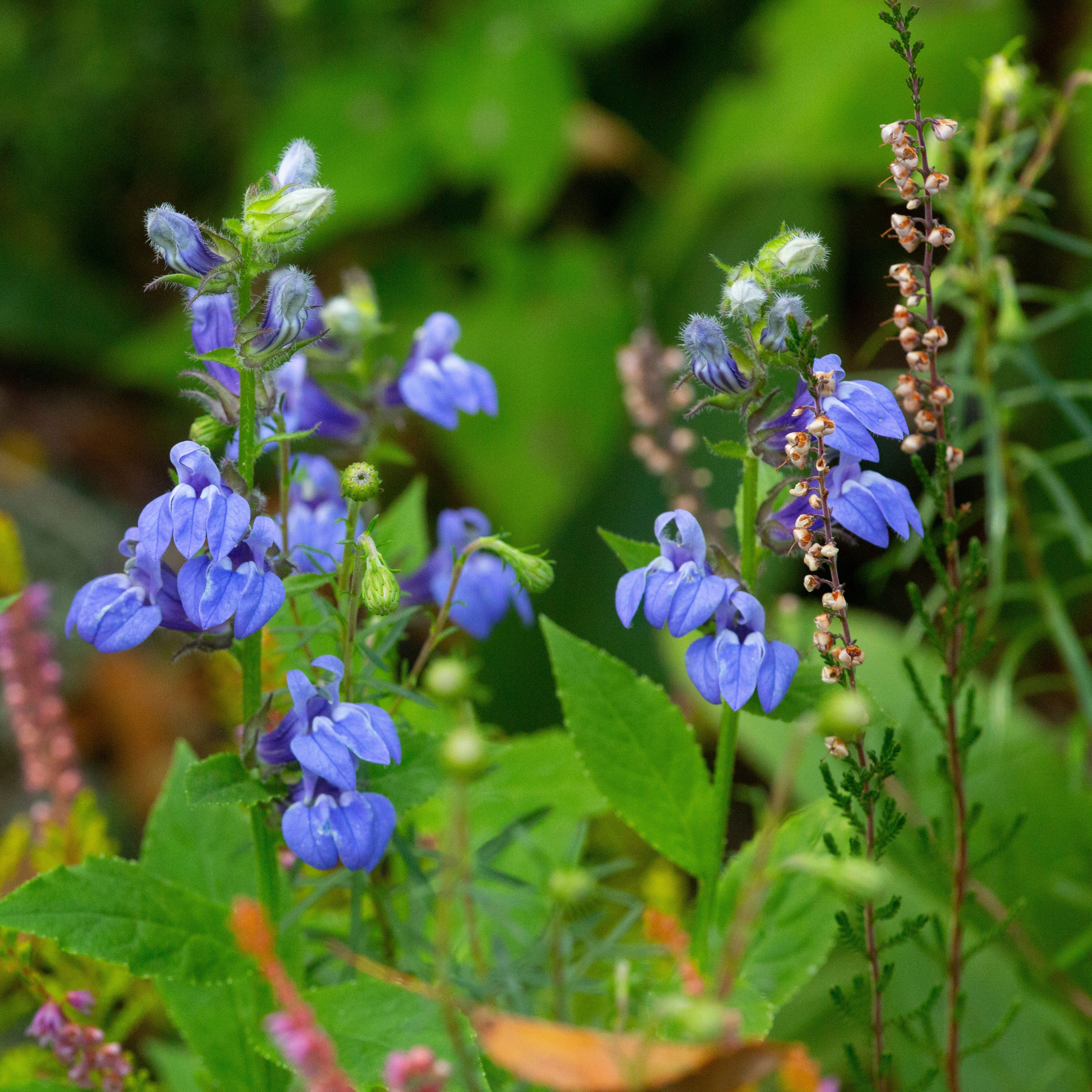 Grow Great Blue Lobelia: Native Blue Cardinal Flowers For Butterflies And Hummingbirds
Grow Great Blue Lobelia: Native Blue Cardinal Flowers For Butterflies And HummingbirdsIf you’re keen to enhance your native plants or attract more pollinators, blue cardinal flowers are an essential flowering perennial. Here’s how to grow great blue lobelia
By Tonya Barnett
-
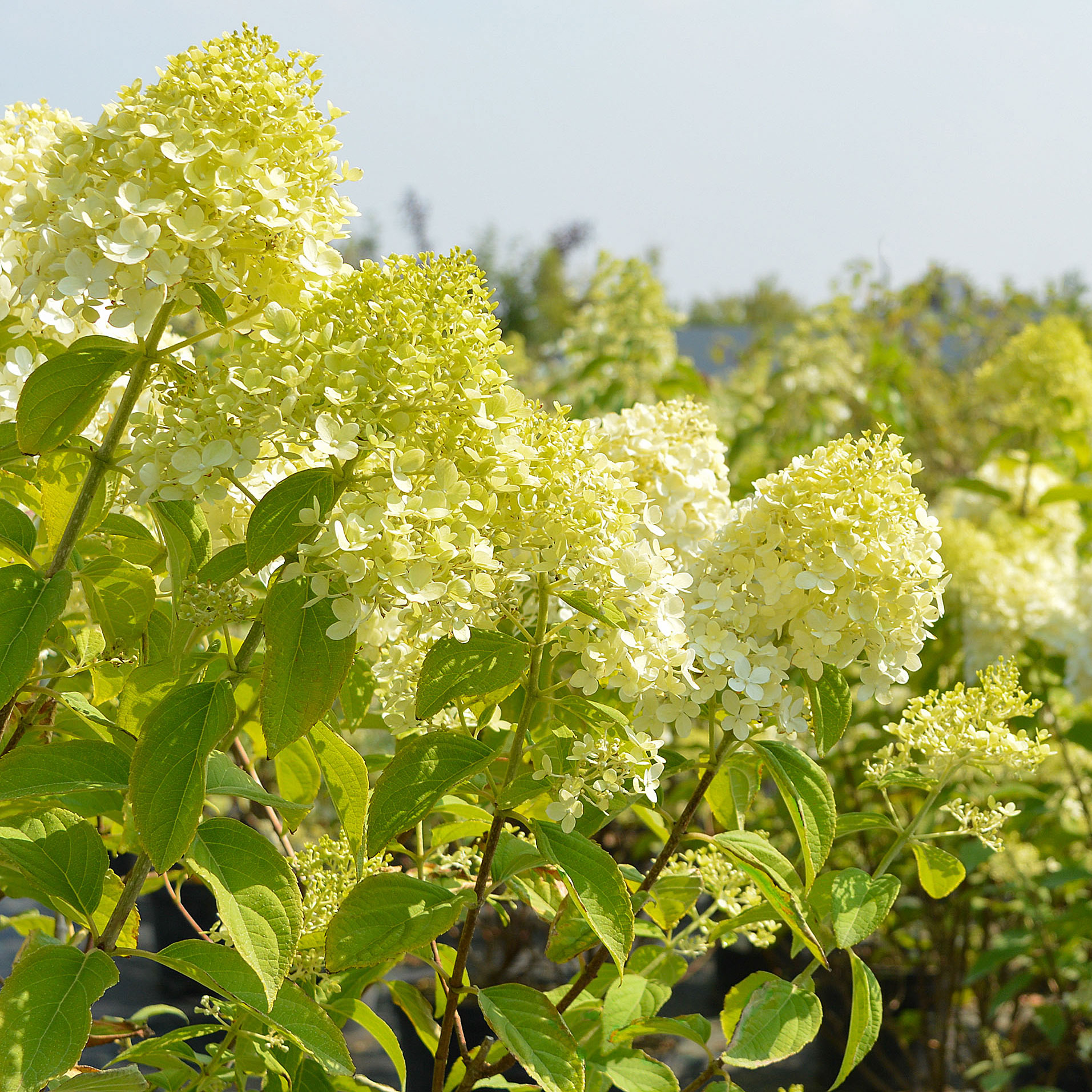 Grow Limelight Hydrangea Shrubs For Green Themed Displays And Brilliant Borders
Grow Limelight Hydrangea Shrubs For Green Themed Displays And Brilliant BordersIf you're a panicle hydrangea lover in search of flamboyant, long-lasting florals, knowing how to grow Limelight hydrangea shrubs will ensure gorgeous green blooms
By Mary Ellen Ellis
-
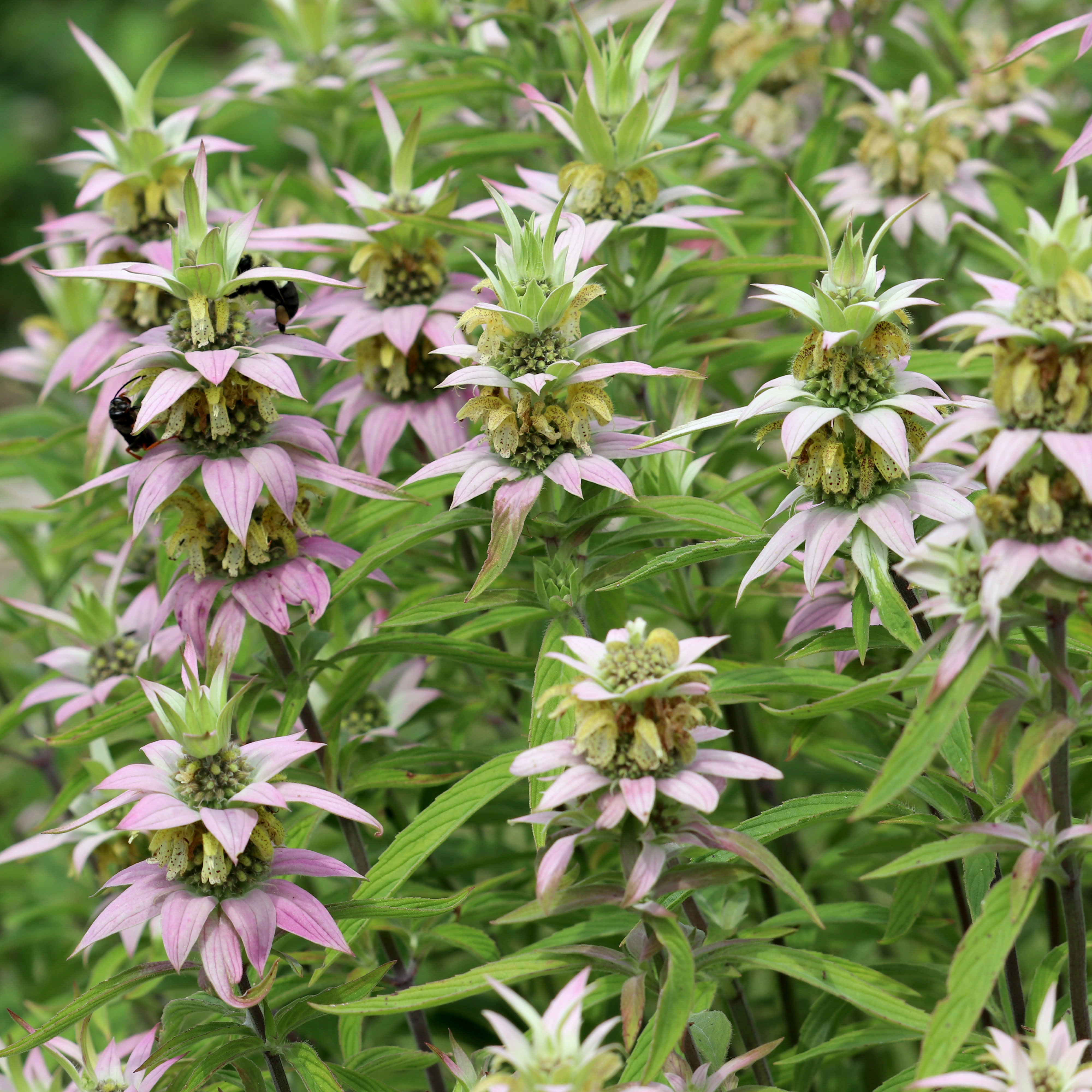 Growing Spotted Bee Balm: Find Out How To Grow Horsemint For Your Pollinator Garden
Growing Spotted Bee Balm: Find Out How To Grow Horsemint For Your Pollinator GardenFor anyone looking to cultivate native flowering plants that attract pollinators, spotted bee balm is a must! We show you how to grow horsemint for friendly garden visitors
By Tonya Barnett
-
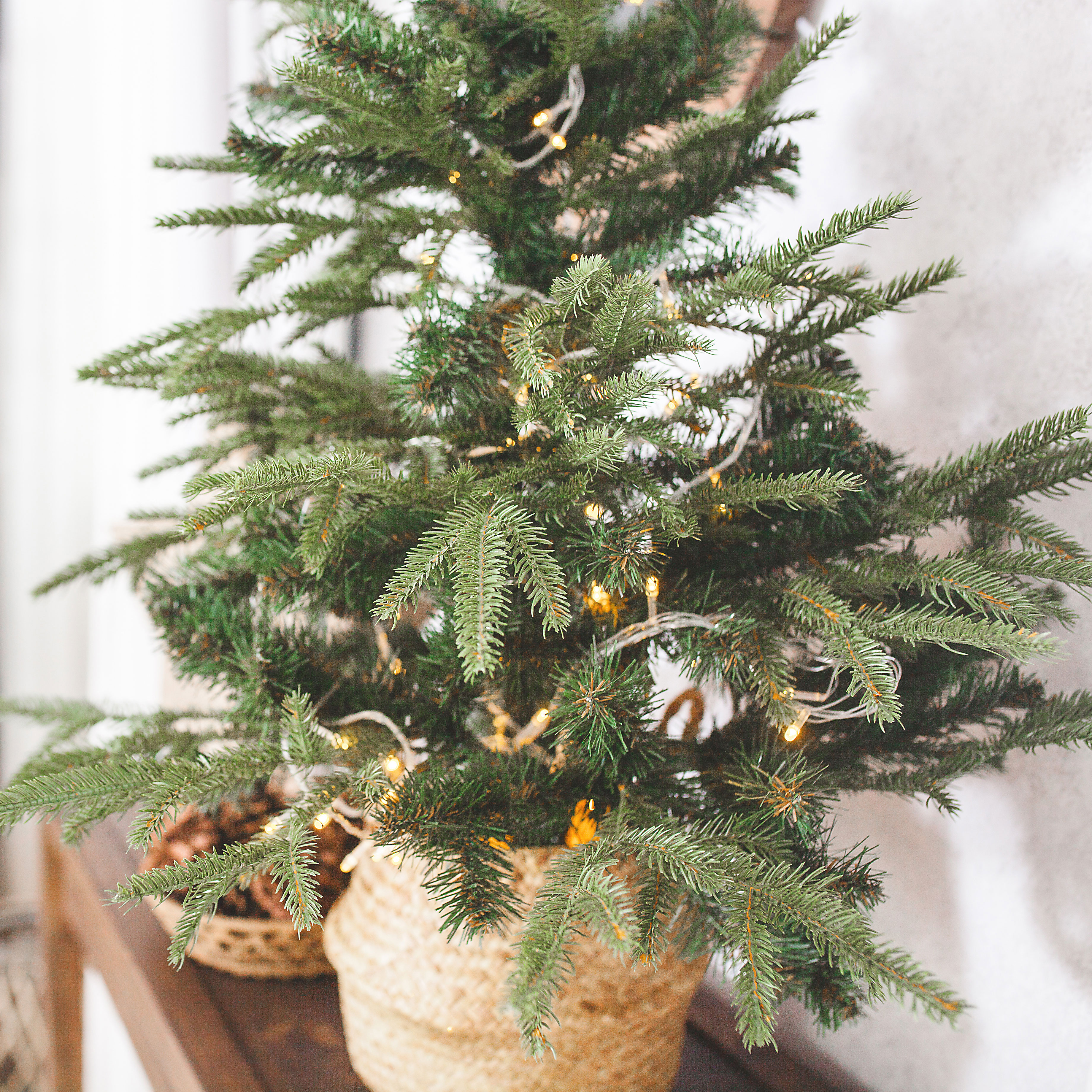 Tiny Trees For The Holidays: 6 Real Mini Christmas Tree Varieties For Festive Cheer
Tiny Trees For The Holidays: 6 Real Mini Christmas Tree Varieties For Festive CheerThe best things come in small packages, so they say, and when it comes to spreading holiday cheer, you’ll love these real mini Christmas tree plant types
By Bonnie L. Grant
-
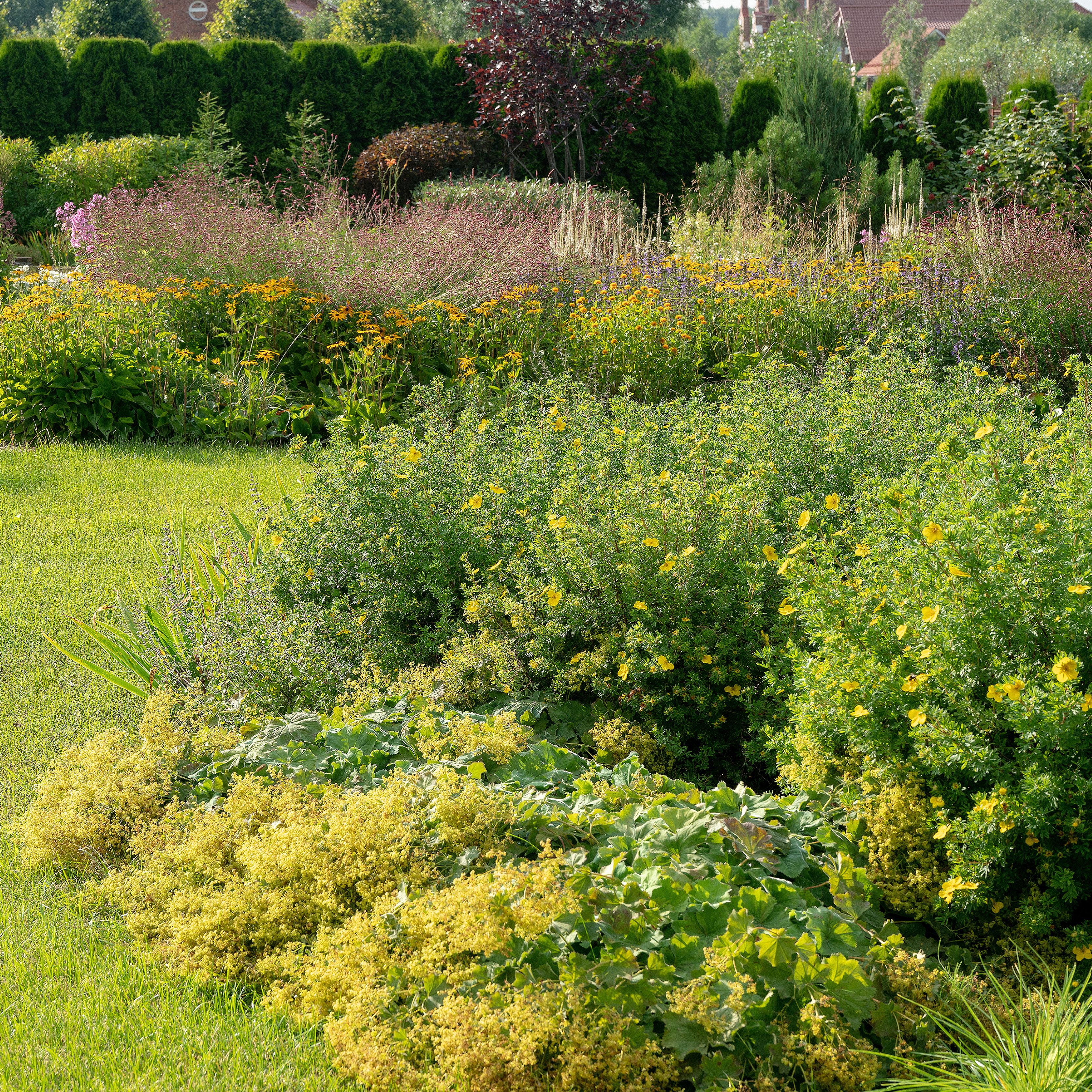 Unique Native Shrubs: 7 Natural Winners Every Gardener Should Add To The Landscape
Unique Native Shrubs: 7 Natural Winners Every Gardener Should Add To The LandscapeWhile we know shrubs to be amongst the most reliable plants in our yards, some are naturally more resilient. These gorgeous native shrubs are sure to thrive in your plot
By Teo Spengler
-
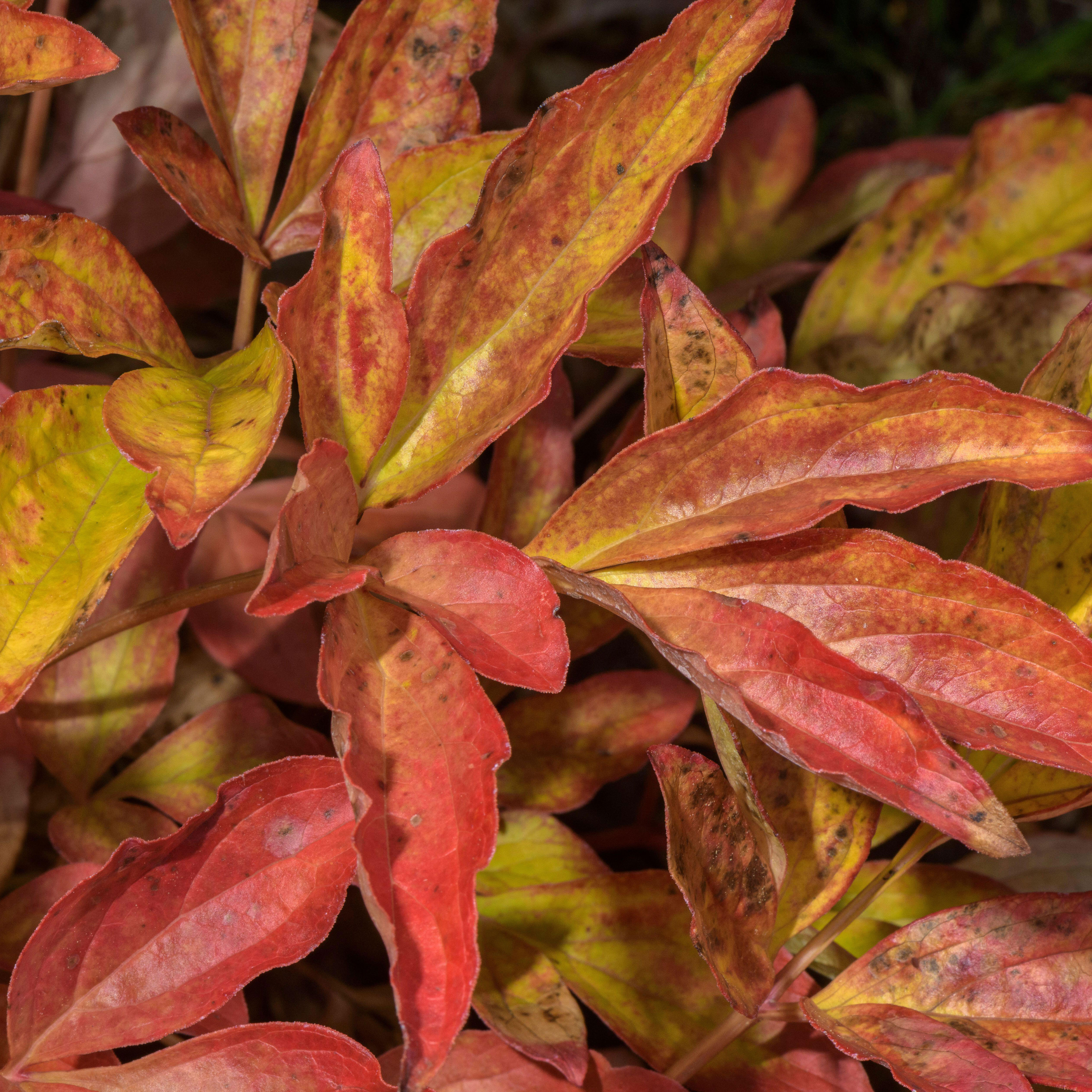 Time To Transplant Peonies: Why Fall Is The Best Time To Move Peonies, And How To Do It Right
Time To Transplant Peonies: Why Fall Is The Best Time To Move Peonies, And How To Do It RightIf you want the healthiest peonies, replanting is a great way to boost longevity. Here’s why fall is the best time to move peonies, and how to transplant them correctly.
By Tonya Barnett